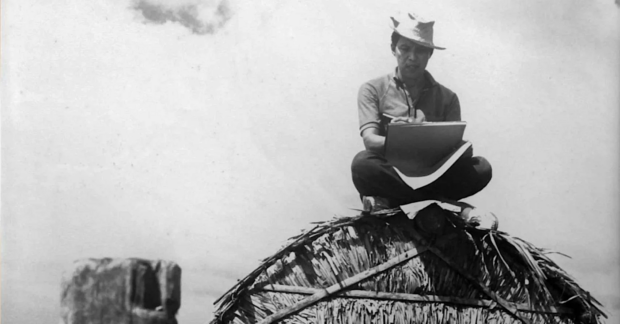In one of our annual eight-day retreats when we were theologians—the final stage of studies and formation for priesthood—Fr. P. Divarkar, SJ, our retreat director, used this Sunday’s Gospel to introduce the second week of the Spiritual Exercises.
He referred to this Gospel as a triptych that presents snapshots of Jesus’ person: Jesus the man for others, Jesus the man of prayer, and Jesus the man with a mission.
Jesus and company enter the home of Peter presumably to take a break, after coming from the synagogue where Jesus has just preached and exorcised an evil spirit. But once he hears that Peter’s mother-in-law is sick, he cures her.
This triggers an avalanche of requests for healing and exorcism. Jesus sets aside his plan to take a break, and instead attends to the needs of others.
Jesus the man for others shows us a person who readily sets aside his personal agenda to respond to the needs of others. It is easy to help others even when one is busy, but the real test is when the response demanded of us is to be other-centered, to set aside our own interests.
We were often told that genuine service and giving are not so much “to give until it hurts,” but rather “to give until it no longer hurts.” Selfless giving becomes second nature.
The quality of one’s service and giving is being in solidarity with the needs, hopes and dreams, the fears and frustrations of those whom one serves.
The second snapshot, Jesus the man of prayer, is an even more impressive quality. After all the work and activity, Jesus seeks the solitude of prayer. He does not get caught in the business of life and work.
Mystical magic
There is always some mystique to the line, “Rising very early before dawn, he left and went off to a deserted place, where he prayed.”
We read this several times in the Gospels. Often it is either before or after an important activity or event in the ministry or story of Jesus.
This second snapshot completes the two faces of Jesus, the man of prayer and action or, in Ignatian parlance, the contemplative in action, or the Martha and Mary principle.
Many of us endeavor to live such a life, and many experience the difficulty of keeping the balance between prayer and action. When we experience the tension between the two, especially when one goes to extremes, we say we must regain our equilibrium.
The equilibrium integrates the two seemingly diametrically opposed aspects of our life. The key to equilibrium is in the third snapshot of Jesus—the man with a mission.
Notice how Jesus’ sense of mission gives him great clarity before the temptation of success, or when the ego is stoked. As his disciples tell him, “Everyone is looking for you.” Jesus is a rousing success! He is the rising star, the rabbi who teaches with authority and holds people spellbound; his reputation and popularity as a healer and exorcist precede him.
Yet to Jesus it is clear. “Let us go to the nearby villages that I may preach there also. For this purpose have I come.” It is his sense of purpose, his being a man with a mission, that gives him equilibrium and integrates his being a man of action and a man of prayer.
Action, prayer, mission these are the elements that give our life a sense of wholeness and integrity. It is mission that holds all these together.
In one of my last conversations, my Jesuit mentor gave me one piece of advice, which I hold dearly to this day. He was a man who held positions of leadership and power in the Jesuit hierarchy and at the Ateneo de Manila organization. Like his contemporaries, he was one of the brilliant renaissance men in the golden age of Ateneo.
Lost humility
A few weeks before I left for studies in 1993 to prepare for my assignment as principal, he told me the story of his last months in office, a very high position. I was inspired by his candor when he said that after years in the office he had lost the humility of prayer.
Then he told me, “Remember two things, Tito, when you assume office. It is not so much the success that will matter in what you do, but how generously you do things. It is what you give, and not what comes out of it. This way you will always trust God both as the source and the end of it all.
“You will get to the point that when you walk into a meeting or a function, people will stand up and greet you. You will get all the perks and trappings of the office. Just remember, it is not you. It is the office. More important, it is not about you. It is not about us. It is about the mission.”
It is about the mission. “Let us go to the nearby villages that I may preach there also. For this purpose have I come.” As Jesus the man for others and the man of prayer came closer and closer to the fulfillment of his mission, these two elements integrated into that one moment of the Cross and the Resurrection, the moment of the Paschal mystery. His mission was fulfilled—“This is my beloved Son in whom I am well pleased. Listen to him.”
Jesus the man for others, Jesus the man of prayer, Jesus the man with a mission—let us listen to him.














































